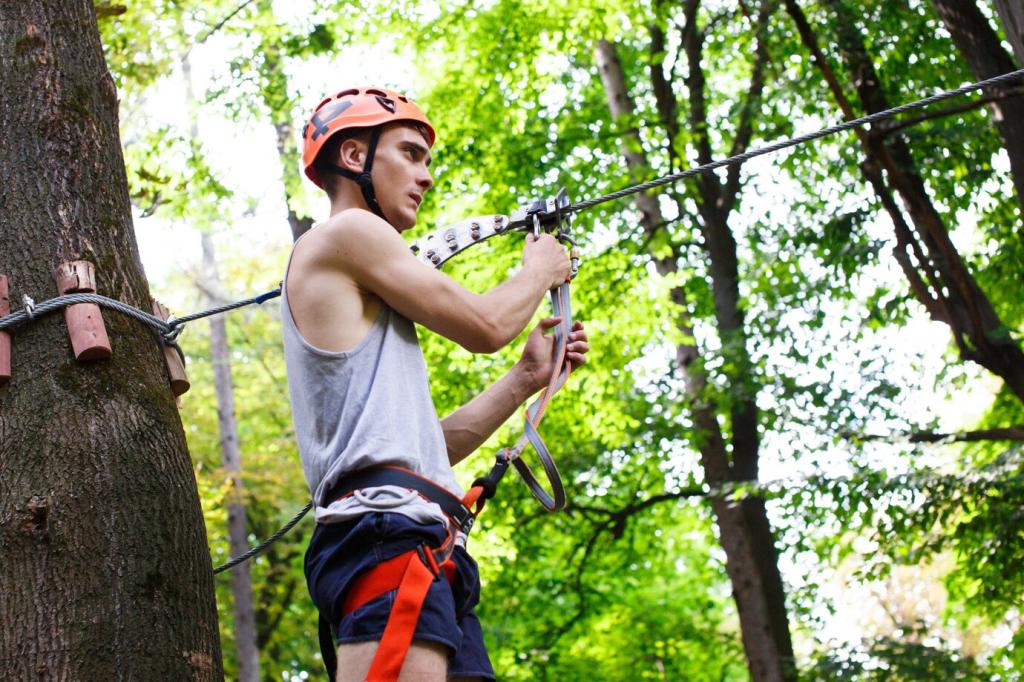Navigating the Wild: A Guide to Map and Compass
Welcome, trail seekers! Today’s chosen theme is “Navigating the Wild: A Guide to Map and Compass.” Step into a friendly, inspiring field guide that helps you turn paper maps and a simple compass into confident decisions in any terrain. Subscribe, share your progress, and let’s get oriented together.
Map Fundamentals: Turning Paper Into a Picture of the Land
A 1:25,000 map reveals detail for tight navigation, while 1:50,000 covers bigger days with broader strokes. Use the scale bar to estimate distance, then translate it into paces. Try measuring a favorite loop, walk it, and report how close your estimate was in the comments.
Map Fundamentals: Turning Paper Into a Picture of the Land
Index contours, spurs, and reentrants sketch hills and valleys you can feel with your eyes. Trace a ridge line with your finger, then close your eyes and imagine the slope’s steepness. Practice on local hills and share a photo of your contour sketch and real view for feedback.


Compass Confidence: Bearings You Can Trust
Know your orienting arrow, magnetic needle, direction of travel line, and scales along the edge. Keep the compass away from phones and knives to prevent interference. Check for bubbles, then practice quick orientations at home. Comment with your compass model and what you like about it.

Handrails, Catch Features, and Attack Points
Follow linear features like rivers or ridges (handrails), aim for big, unmistakable backstops (catch features), then strike from nearby attack points for precision. Sketch a three-leg route using all three tools and share your plan—we’ll cheer your strategy and offer gentle tweaks.
Estimating Time with Naismith’s Rule
Plan roughly 5 kilometers per hour on easy ground, plus an extra hour for every 600 meters of ascent. Adjust for fitness, load, terrain, and weather. Test this on your next hike, compare estimate versus reality, and comment with your personal correction factor for future trips.
Bailouts, Windows, and What-Ifs
Mark water stops, daylight checkpoints, and escape routes to roads or ridges. Preselect a conservative option for worsening weather. Share your primary route and your bailout plan B. Others will learn from your foresight—and you might adopt a clever safety tweak from the community.


Real-World Navigation: From Fog Banks to Forest Tunnels
When you cannot see your target, aim deliberately to one side of a linear feature so you know which direction to turn upon reaching it. Count paces, track time, and confirm with a back bearing. Practice in a park on a misty morning and share your observations.
Real-World Navigation: From Fog Banks to Forest Tunnels
Use shorter bearing legs and near attack points to reduce drift. Leapfrog with a partner: one moves, one stays aligned. Keep voice contact low and steady. Afterward, annotate your map with what worked, then post your top tip for staying confident under the canopy.
Staying Found: Prevent, Detect, and Recover Errors
PACE Planning for Reliability
Primary, Alternate, Contingency, Emergency—prepare each layer before you leave. For example, primary: ridge handrail; alternate: stream; contingency: bearing to road; emergency: whistle and shelter. Share your own PACE plan template to help others refine their approach.
Boxing Around Obstacles
When a swamp blocks your bearing, offset ninety degrees, count paces, parallel the obstacle, then offset back. Keep your step counts consistent and write them on the map margin. Practice this drill in an open field with cones and tell us how accurate your return line was.
Fix Your Position with Resection
Identify two or three visible landmarks on the map, shoot bearings to each, convert to back bearings, and draw lines from the features. Their intersection is your location. Try it from a hilltop and post a photo of your pencil lines—smudges and all—along with lessons learned.

Trail Stories and Skill Drills: Learn by Doing
On a blustery afternoon, a broad shoulder mimicked our intended spur, and our gut said, “This must be it.” The compass disagreed by eight degrees. Trusting the bearing led us to the correct saddle. Share a moment when your compass saved the day.
